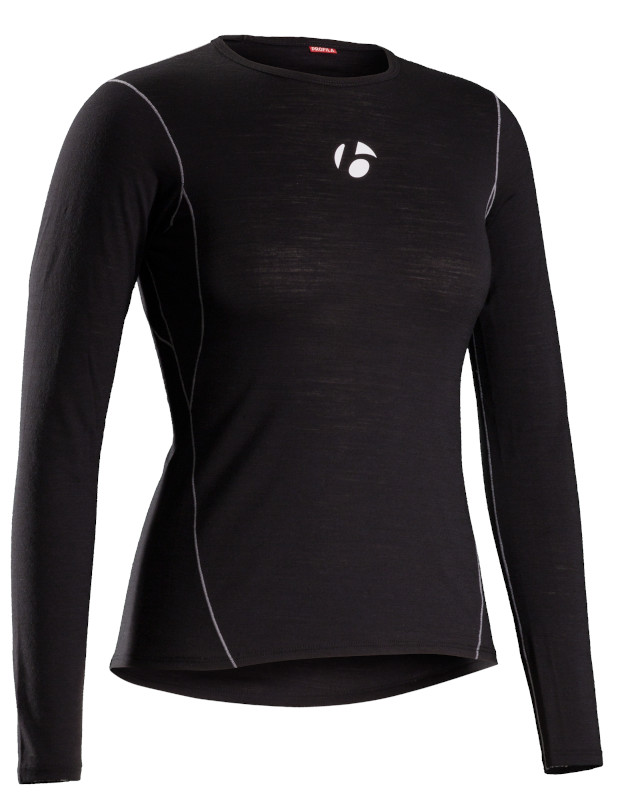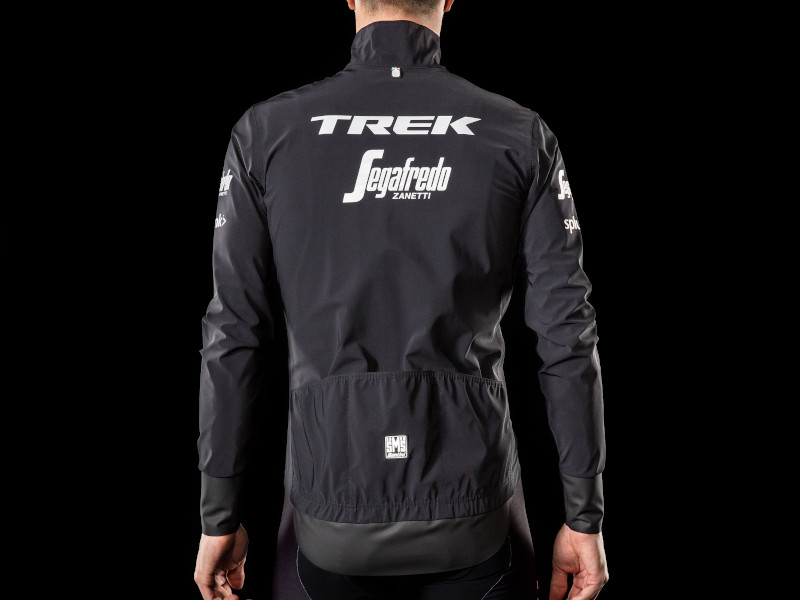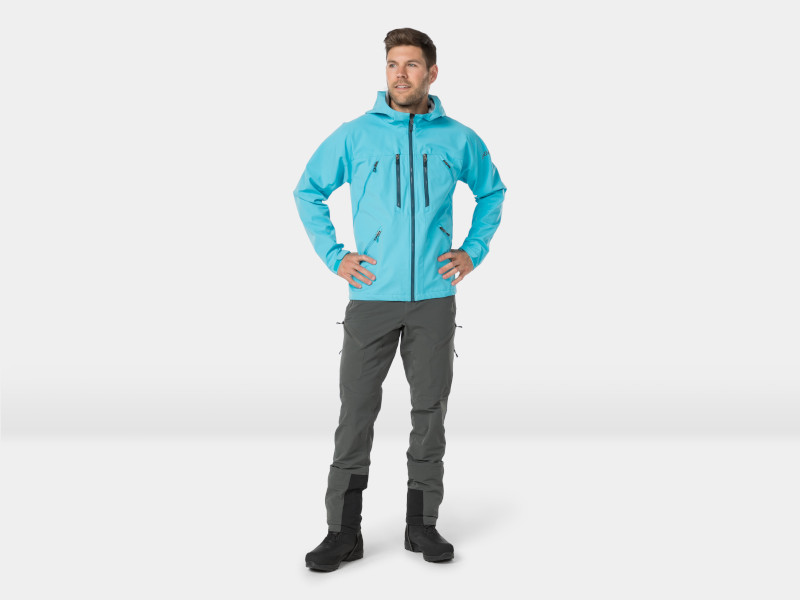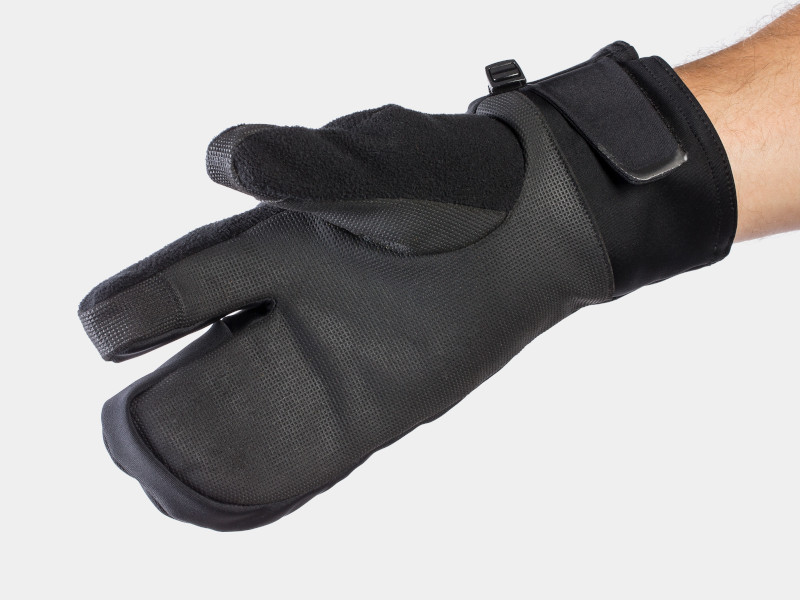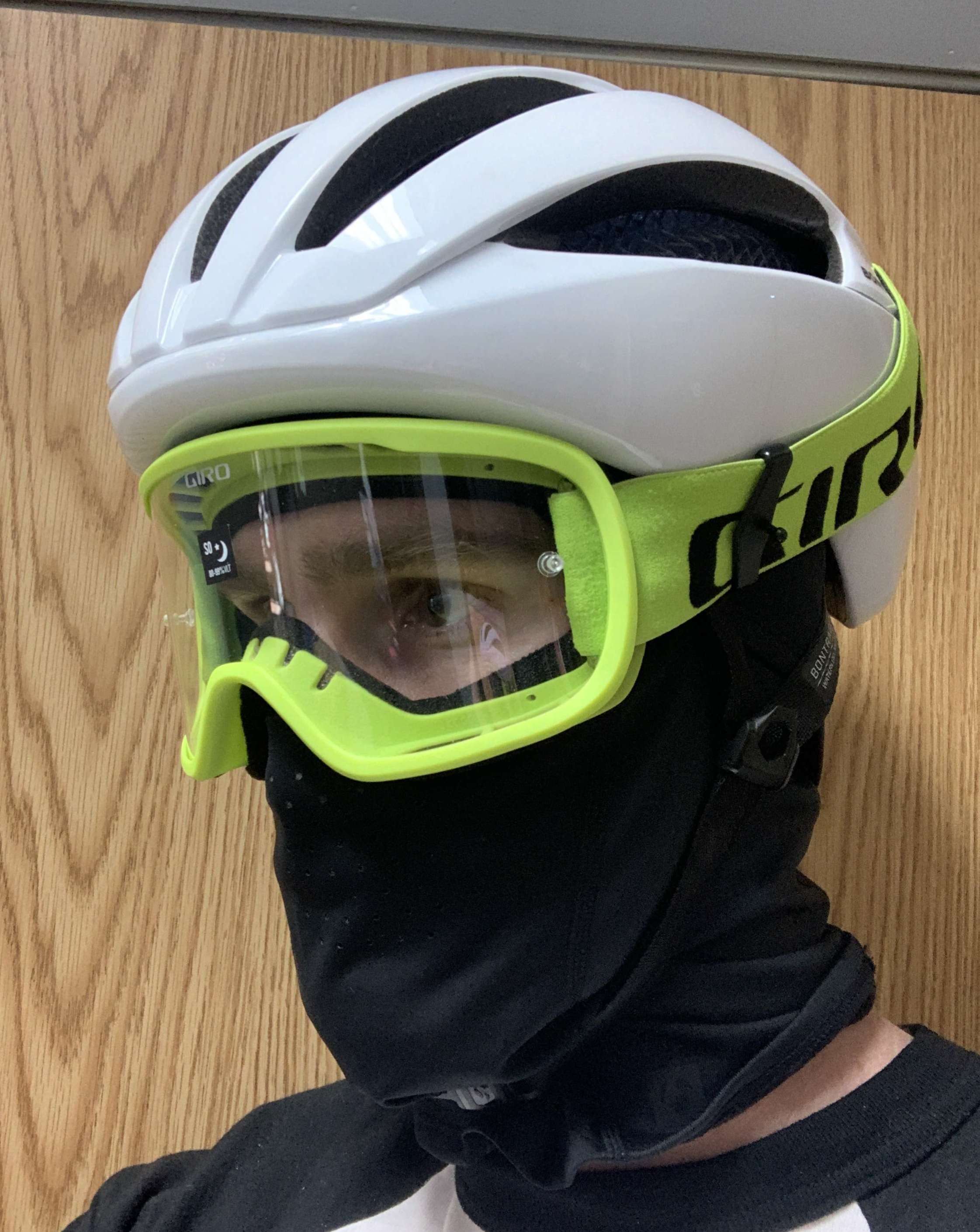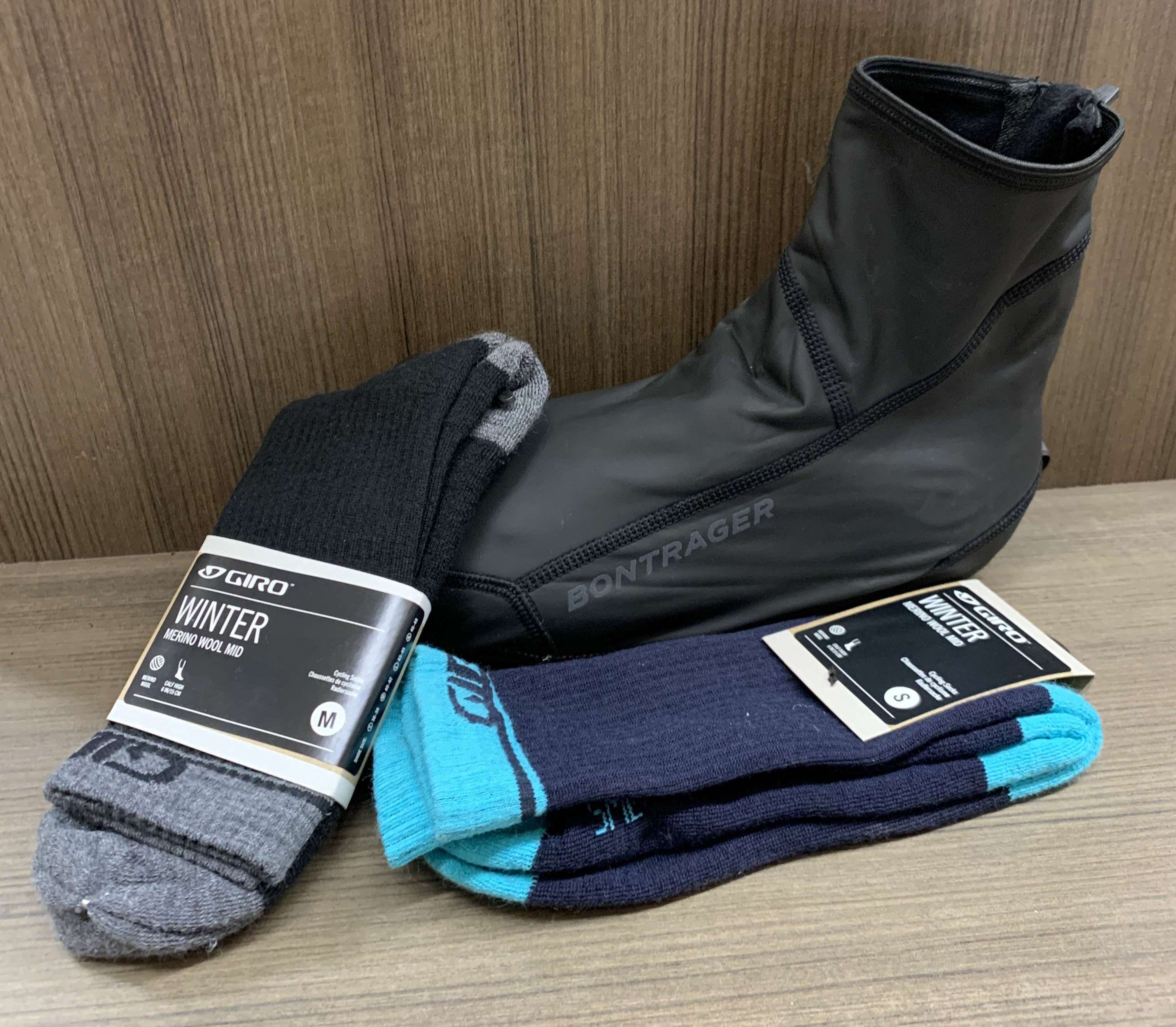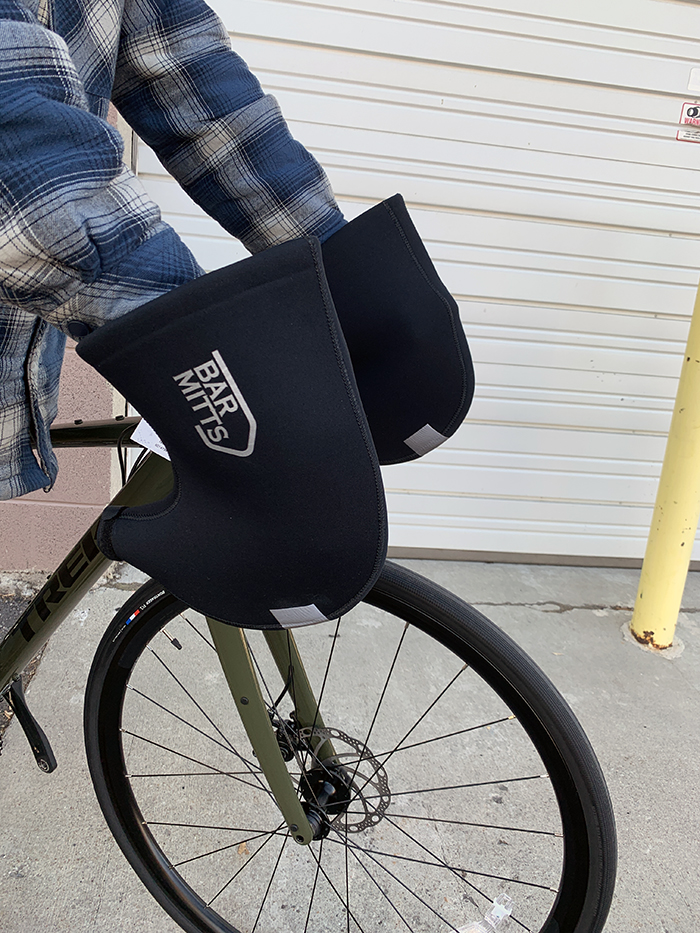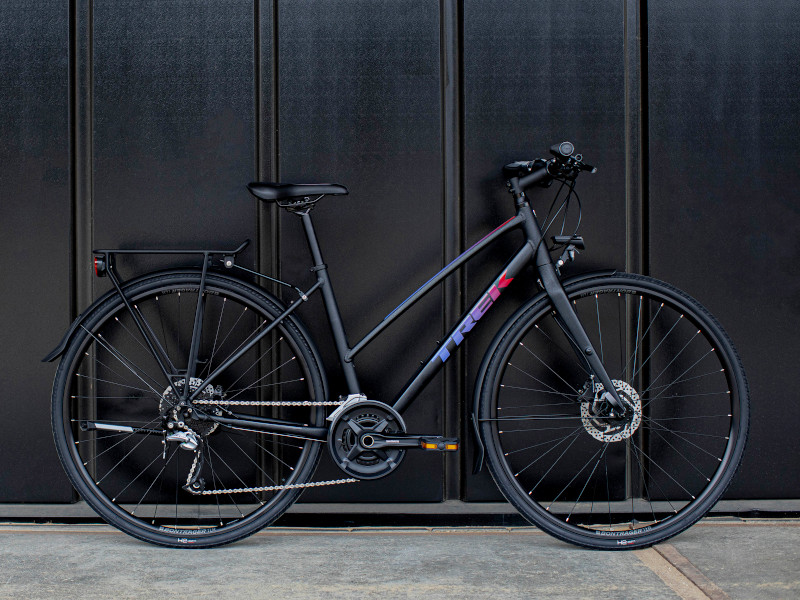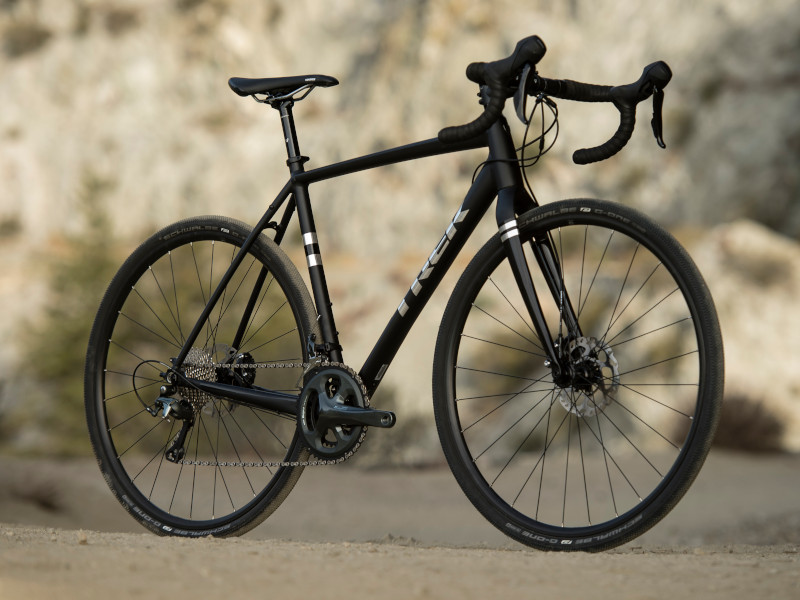Winter Gear Guide
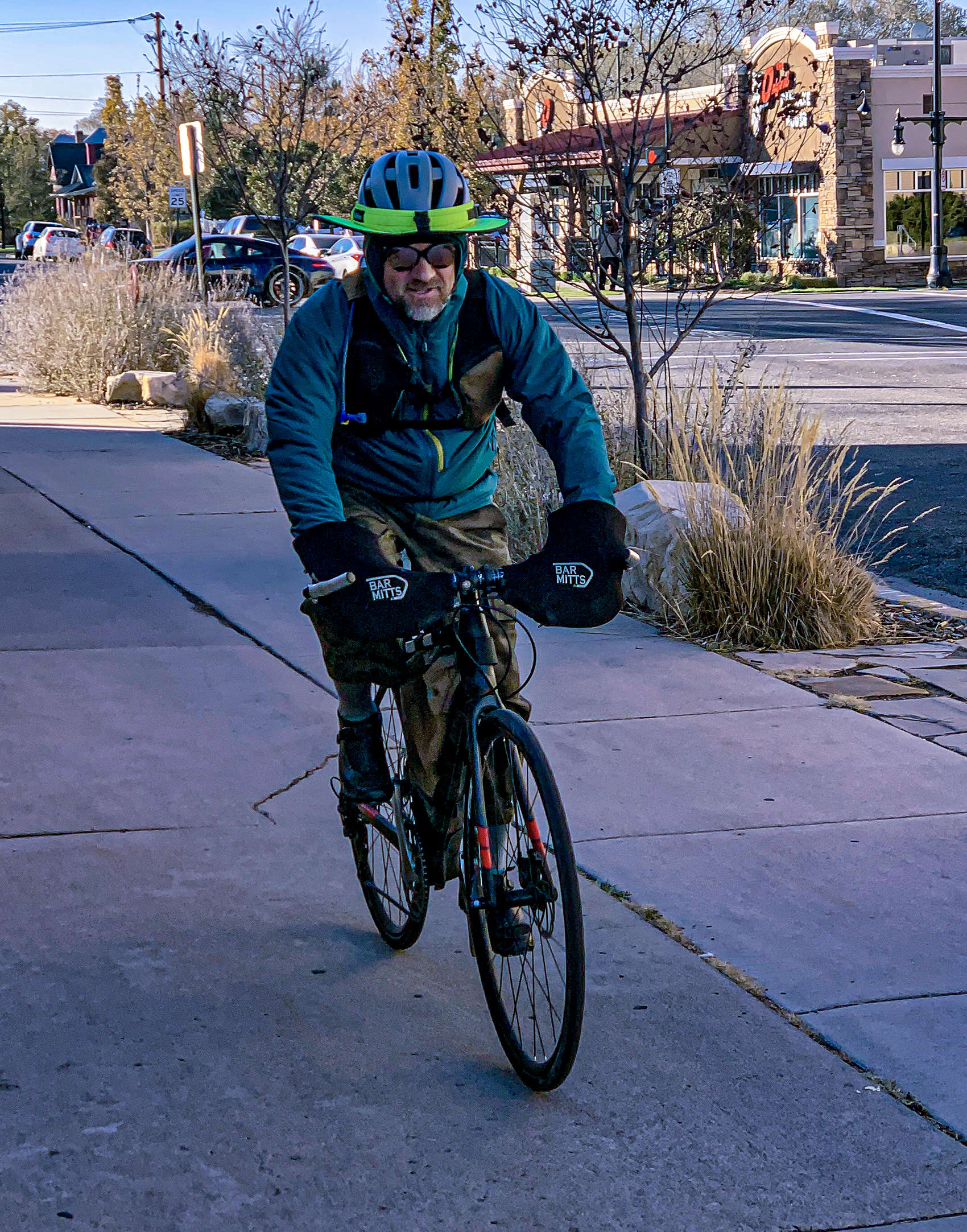 Ryan knows a thing or two about winter riding
Ryan knows a thing or two about winter riding
Winter is here! This means shorter days, longer nights, and downright frigid temperatures. Usually it translates to less time spent in the saddle, but it doesn’t have to be that way. With a little knowledge and practice, you can be equipped to stay on the bike during the upcoming months.
First off, why ride during the winter? It’s cold, wet, and even mucky out most of the time. If you live in a place like Salt Lake City trails are usually covered with snow, ruling out mountain biking. However, there are a variety of benefits to riding this time of year:
1. It’s great exercise
Everyone stands to benefit from exercise, and riding a bike is the perfect way to do it. It will get your heart pumping, burn calories, and support a healthy immune system.
2. Get some fresh air
Sometimes we all need a breather, especially during stressful times like these. Just going outside and taking a few deep breaths can clear your head and help you calm down. It’s even better when you’re on a bike watching the road go by.
3. Beat traffic
If you’re someone that usually commutes to work by car, try switching it out for a bike. Provided that your commute isn’t too far, riding a bike can help you save money on gas, avoid traffic, and decrease pollution. If you're in Salt Lake, have some piece of mind knowing that you're not contributing to the yucky inversion when you’re on a bike.
Clothing
Now that you know the benefits of riding your bike in the winter, let’s talk about staying warm. It is paramount that you keep yourself nice and toasty to avoid getting too cold and ruining your ride. If there’s anything you take away from this article, dress in layers. You want heavier outer layers for rain, snow, or high winds and lighter base layers to keep your core warm and dry. We’ll break it down for you below:
Base layer
The primary purpose of this layer is to keep you dry. Fabrics like merino wool or any moisture wicking synthetic fiber work great. Avoid cotton, as it soaks up sweat that can freeze. You don’t have to get too fancy with this. For example, I usually wear a long sleeve polyester workout shirt as a top, chamois shorts on bottom, and wool socks to keep my feet dry.
Mid layer
Depending on the conditions you may not even need this layer or it may become your outer layer, but I’ll tell you what to wear anyways. My favorite piece of clothing for this is an insulated cycling jersey, which is basically just a thicker jersey. It doesn’t really block any sort of weather but does work well to trap body heat. For my legs I’ll usually end up wearing a pair of leggings over my chamois shorts.
Outerwear
Good cycling outerwear will generally be longer cut in the back and on the sleeves and have some kind of venting ability. For cold, dry conditions you’ll probably want something similar to a soft-shell jacket. This will keep you very warm but still allow a bit of wind to penetrate in order to counter you body heat. You can even get away with just a vest in some cases. Cool and wet conditions get a bit more complicated, as you’ll have to worry about getting splashed. You’ll want to have a good waterproof or water-resistant shell that has ample ventilation to let some heat escape. I’ll usually wear a light rain jacket that has a zipper I can undo when it gets too hot. For your legs chamois leggings are probably the best option if you can swallow the price tag. A less expensive solution would be a nice pair of light water-resistant pants, preferably with a tapered leg so the cuffs don’t get caught in your chainring.
Gloves
Regardless of temperature I always wear gloves when I ride my bike, but for winter I’ll beef it up a bit by wearing thicker insulated ones. The main thing here is to make sure you have something that doesn’t soak up water. There are few things worse than not being able to move your fingers to shift or brake. I prefer a traditional glove that separates the fingers, but there are many lobster-claw-like options that tend to be a bit warmer.
Headwear
It goes without saying that you should always wear a helmet while riding, but most helmets aren’t very warm. However this doesn’t mean you have to go out and buy a new one, you’ll just need to add some layers. A nice wool cap or balaclava usually does the trick, just make sure it’s thin enough to fit under your helmet. My favorite thing to wear is a neck tube that I can pull over my head and face. To protect your eyes you can just wear your normal riding glasses, but sometimes I find myself wearing ski goggles during a heavy snowstorm.
Footwear
Besides having a warm sock (preferably wool), your choice of footwear can make a huge difference in the cold. Unfortunately most bike shoes tend to fit small, which limits the thickness of sock you can wear. For this reason I recommend wearing a half size up to accommodate a larger sock and allow more body heat to circulate around the shoe. Try to wear something that is somewhat if not totally waterproof with limited ventilation. If you don’t have a good pair of shoes, another option is to use waterproof booties or covers that go over the shoe.
Bike Accessories
Now that you’ve got the gear, let’s talk bikes. Here are a few accessories that will make your life much easier:
These are among the most essential, if not the best piece of gear you can have for riding in winter. Bar mitts are basically insulated mittens that attach to your handlebars, still allowing you to shift and brake normally under the warmth of a mini igloo around your hands. Most of the time I use these, they’re so warm I don’t even need to wear gloves. The only downside is that it can be hard to take your hand off the bike quickly if you need to.
Fenders
Fenders are covers that go over your wheels to limit any debris from being picked up from the road and hitting you. Oftentimes road conditions in the winter are extremely variable, ranging from wet and slushy to dry and salty. You don’t want anything on to come up at you, so fenders are an absolute must for riding on pavement. Additionally, they come in a variety of different mounting styles, so you’re sure to find one that works for your bike.
Tires
This is where the rubber meet the road, literally. Choosing the right winter tire can make a big difference in how your bike performs and reacts. There is not any one tire that is best for winter riding, but generally you want one with a strong, reinforced sidewall and slightly knobby tread for increased grip. Some of my favorites include the Continental Contact Plus or the Bontrager H5.
Lights
As days are shorter and sunlight becomes sparse chances are you’re going to get caught riding in the dark at some point during the winter. A good light makes riding at night much easier and helps you be seen by vehicles. Ideally you want something that is daytime visible for best performance; I would recommend at least 200 lumens front and rear. With bike lights safety is the name of the game and having something is better than nothing. At the very least throw on a taillight so drivers can see you as they pass.
Bikes
Although pretty much any bike can be equipped for winter riding, here are some of our favorites.
Trek FX
This is Trek’s quintessential hybrid/commuter model. It has all the nimbleness and capability of a road bike but with a more user-friendly cockpit and geometry for added ease and versatility. Disc models start at $649.99 and come stock with hydraulic disc brakes that stop on a dime and perform extremely well in variable weather and terrain, making them ideal for winter riding. Additionally, FX has multiple mounting points on the frame for integrating accessories like fenders or racks.
Trek Checkpoint
The Checkpoint is a bike for those who want something they can ride on pavement but offers the versatility to venture off the beaten path should the mood strike you. It features drop bars and endurance geometry to ensure you're in an ideal position to ride efficiently and comfortably. Pricing starts at $1,699.99 for the Checkpoint ALR 4 and every model comes with hydraulic disc brakes and knobby gravel tires. Just like the FX there are mounting points all over the frame allowing you to equip your bike however you want for winter riding.
- Devin Keefe
Previous

